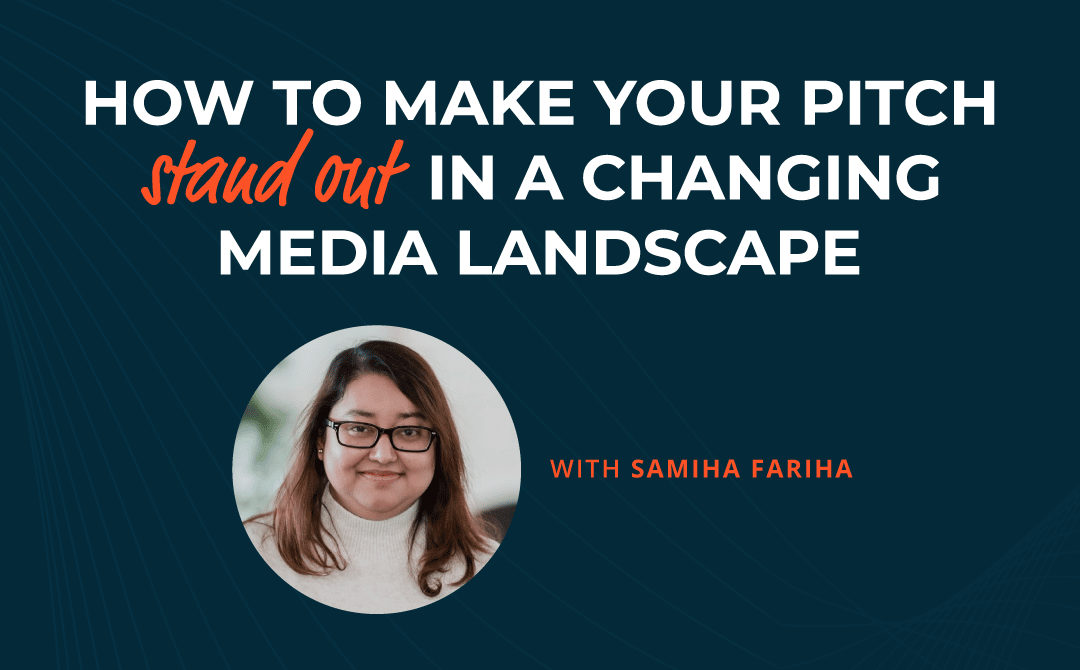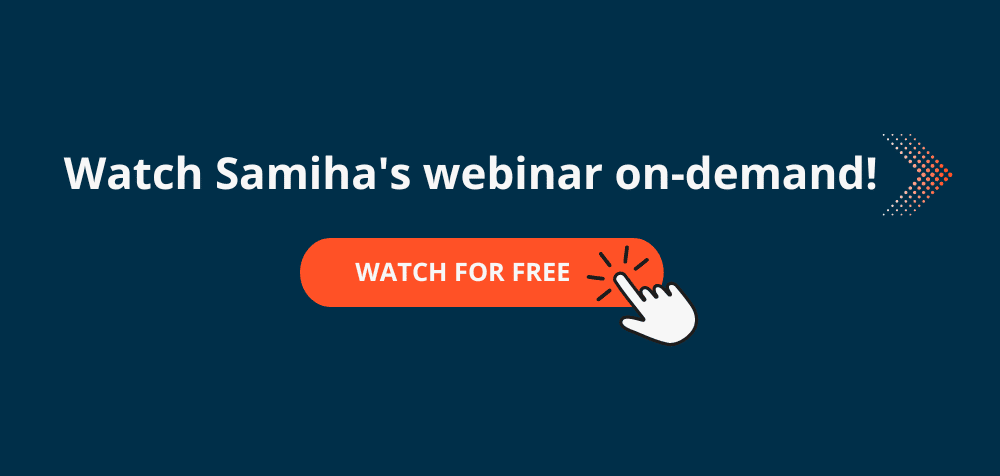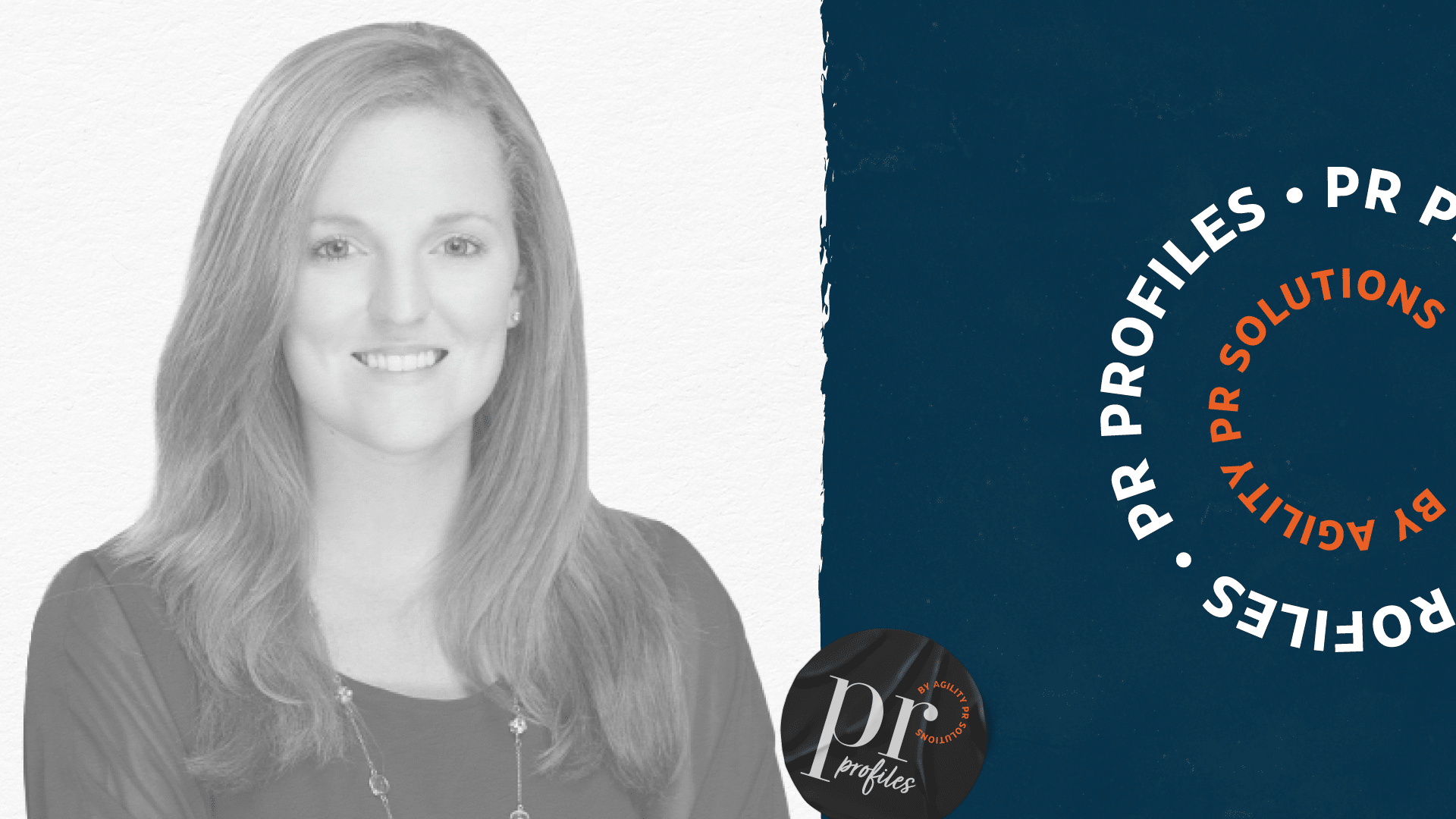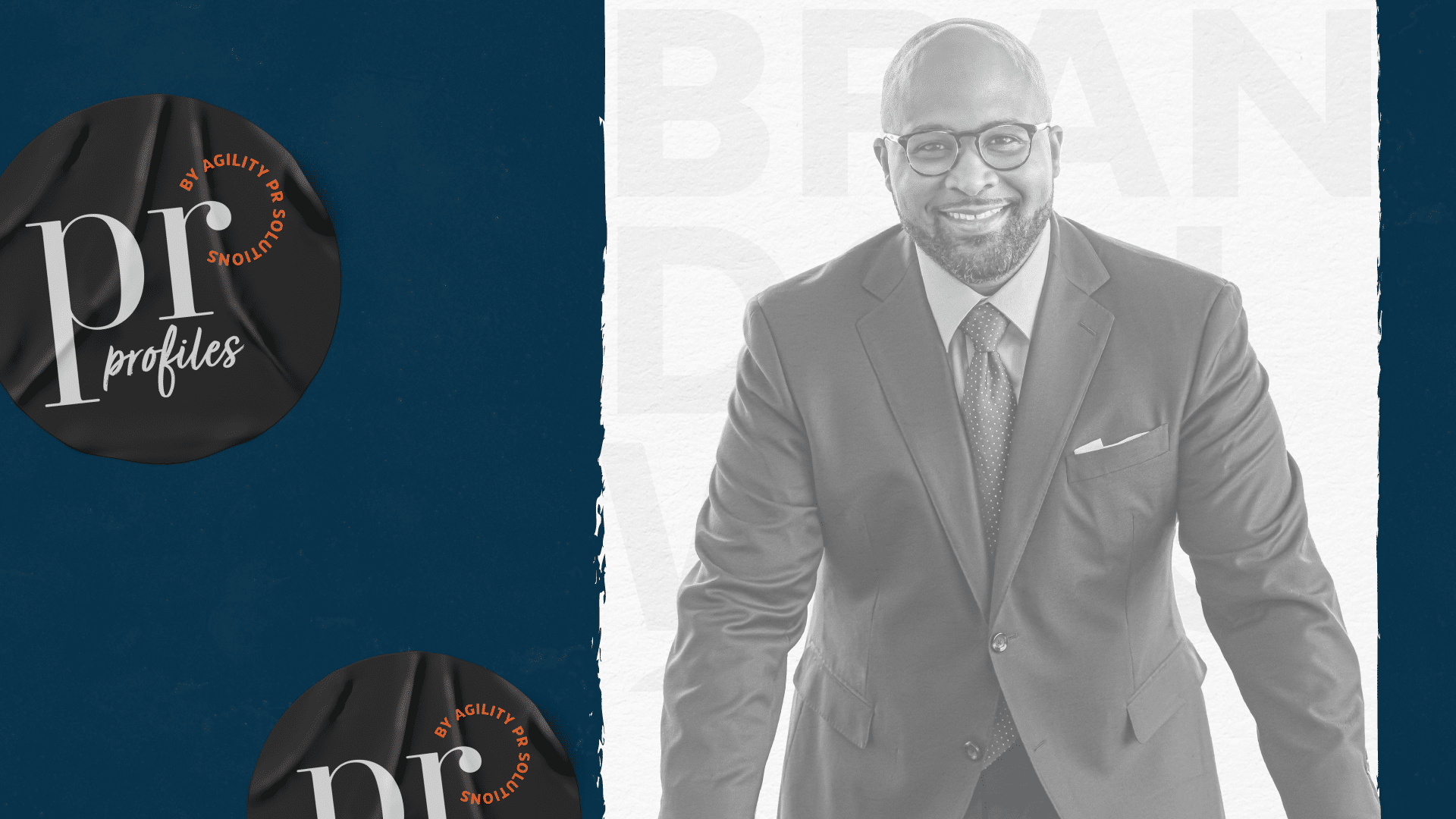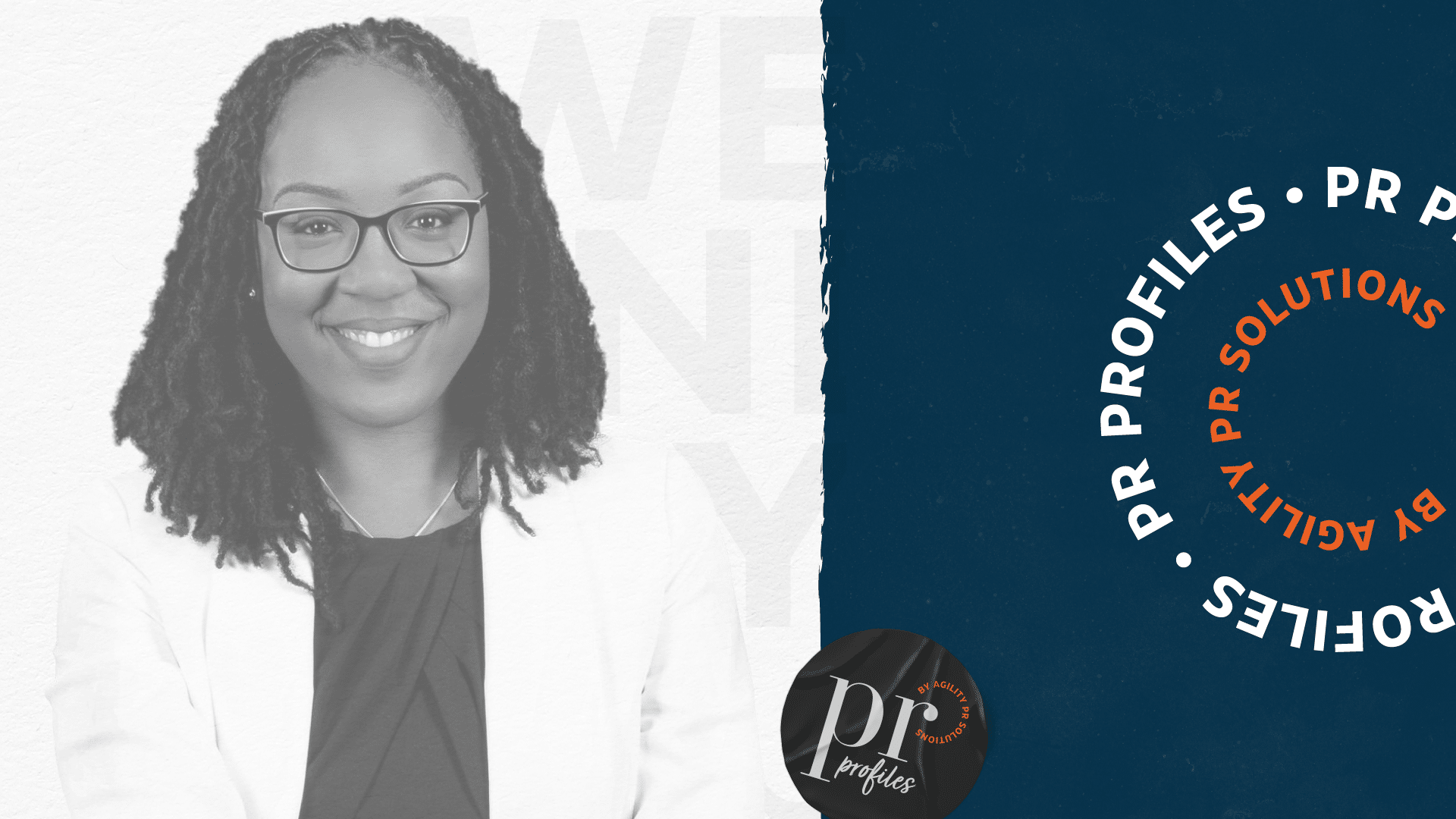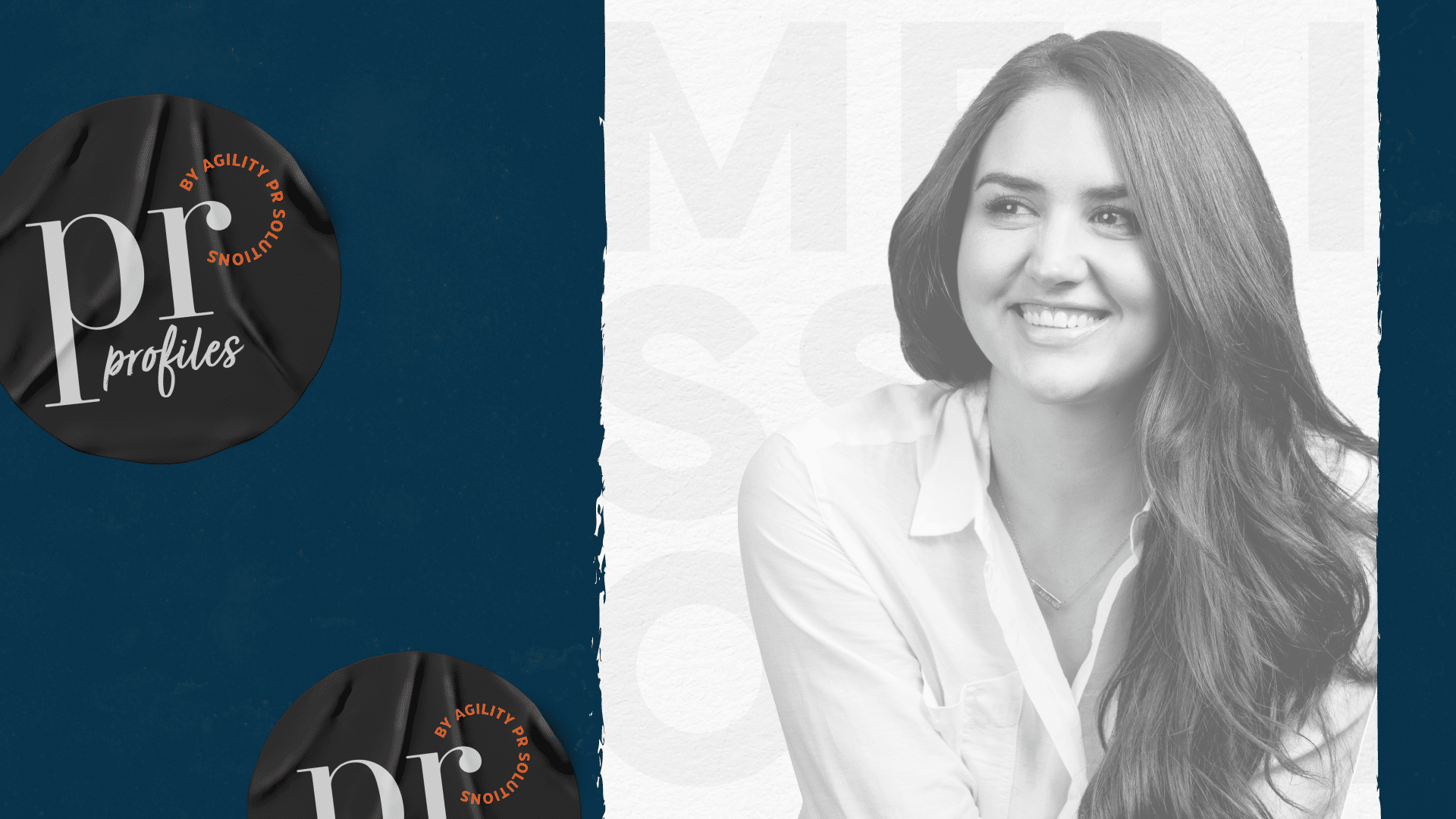Agility webinar recap
It’s a familiar scenario: your boss or client comes up to you and says that the company has a big announcement and they want lots of coverage in top tier media. But you, a seasoned PR pro, know that while this announcement is noteworthy it’s not newsworthy. What’s the difference? Samiha Fariha, senior associate at Golin, joined us for this month’s Agility and Bulldog Reporter webinar to break down newsworthy vs. noteworthy news and how to modify your pitching strategy to get coverage for noteworthy news.
Newsworthy vs. noteworthy news
Samiha says there is some news that will simply not generate coverage in Tier 1 media outlets, “despite the hard work that you’ve put into your outreach and the hard work you’ve put into building that media list.” This is noteworthy news: the product launches, new store openings, and industry awards. For noteworthy news, Samiha says to pitch trade media outlets, local print and online newsrooms, and relevant ethnic or community news outlets.
Newsworthy news on the other hand is timely and “addresses current events and shares another perspective on a journalist’s recent story,” says Samiha. Some examples include listicle pitches during key tentpole moments, interjections (or newsjacking), and stories focused on companies thriving despite economic challenges.
Pitching for success
Once you’ve determined whether your news is noteworthy or newsworthy you can build a targeted media list and start crafting your pitches. Samiha says to keep your pitches short and sweet. “If it’s a press release, the pitch note needs to be max three paragraphs. The intro paragraph needs to summarize what this news is, and then the second paragraph gives a little bit more detail about the activities that have been launched as part of that campaign, with the third paragraph offering the spokesperson up for interviews.” If you’re pitching an interview, Samiha says it needs to be even shorter. “It needs to be three sentences max: who the spokesperson is, and what they can speak to the reporter about. End with something nice, like, ‘We’d love to make this happen, please let us know if you’re interested, happy to schedule a chat whenever it works for you’.”
Subject lines
Over her career, Samiha has found that including particular words in her subject lines has earned her more responses. “Being clear and specific in your subject line about your opportunity will lead more media to open your emails,” says Samiha. She suggests different keywords based on outlet and reason for outreach:
- Print and online media: “Story Ideas”
- TV or radio: “Segment Ideas”
- Sending media press releases: “Release”
- Following up: “Following Up”
- Interviews: “Interview Op”
- Invitations for grand openings or media previews: “Media Advisory” or “Invitation”
Follow up
“To increase the chances of getting coverage, follow ups are essential,” says Samiha. “When following up with media by email, you need to make clear that this is a follow up.” Samiha also recommends picking up the phone “especially if you have a personal connection with a specific reporter and you’ve communicated with them in the past.” She also says that phone calls can be faster. “Sometimes they’ll even let you know, ‘Oh, I didn’t get a chance to read the email, but let me take a look at it and I’ll get back to you’.”
But don’t follow up until at least a day has gone by. Then you can send a second email or give the reporter a call. Samiha says don’t follow up more than three times and wait until the third follow up to tweak your pitch. “In your third follow up, maybe ask what they’re currently working on, and see if you’re able to work with them on those angles.”
Pay to play business model
“The media landscape has changed significantly,” says Samiha. “It has become harder to secure an editorial opportunity. Many outlets have moved to a pay to play business model where brands have to pay to secure a sponsored segment in morning shows on TV, radio, or advertorial opportunities in print and web publications.”
Samiha shares that one of the ways to work around this model is by making your pitches more editorial focused, adding value for the outlet and their audience, rather than being too promotional. “In most cases, if the listicle pitch is intriguing, sometimes the editor of a community paper or website will get you to write the story as a contributed piece.” Another possible way to work around the pay to play model is to “send a media advisory offering your brand ambassadors for interviews. Oftentimes when you’re pitching to morning and afternoon show producers, your pitches can become very advertorial because it’s very focused on the brand’s products. So, hiring an influencer to be your brand ambassador will help the pitch to be more editorial focused, because the story will add value instead of just being focused on the brand’s key messages.”
However, if those tactics are unsuccessful and the outlet follows up regarding sponsorship opportunities, Samiha suggests a “nice but brief” response like, “Thank you for reaching out. Currently we’re looking for editorial opportunities, but if things change, we’ll definitely let you know.”
For the rest of Samiha’s pitching tips and tricks as well as example subject lines and follow up emails, watch her webinar on-demand.

